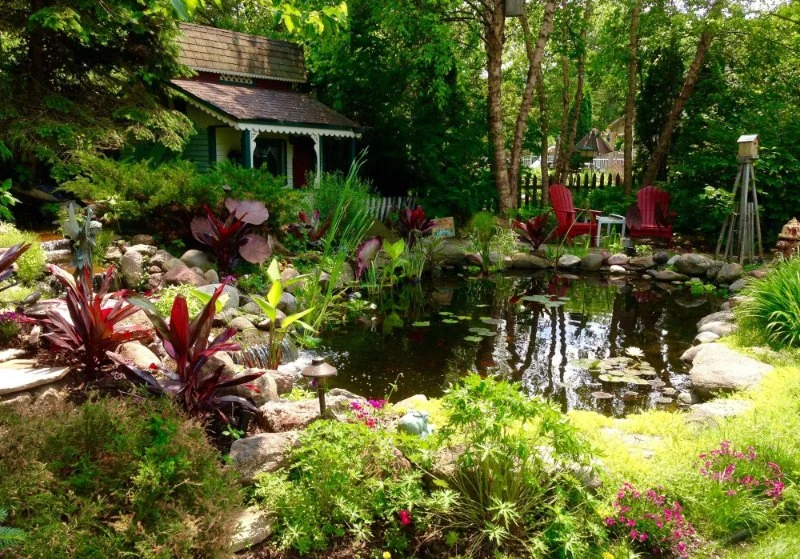
1. Introduction: Attracting Seasonal Wildlife to Your Garden
Creating a garden that attracts seasonal wildlife is a rewarding and enjoyable endeavor. Whether you're interested in attracting birds, butterflies, or small mammals, the key is designing a space that provides food, shelter, and water throughout the year. With the right plants, features, and strategies, you can transform your backyard into a thriving habitat that appeals to local wildlife year-round.
2. Understanding the Needs of Seasonal Wildlife
Different animals have different needs based on the season. For example, some animals are attracted to the lush foliage of summer, while others thrive in the cooler months when food is scarce. Understanding the seasonal requirements of the wildlife you wish to attract will help you design a landscape that accommodates these needs. The three main elements to focus on are food, shelter, and water.
2.1 Food Sources for Wildlife
Providing a variety of food sources throughout the seasons is essential. Native plants that produce seeds, berries, and nuts are particularly valuable. Additionally, supplementing with bird feeders, squirrel-friendly nuts, or even small ponds with aquatic life can enhance the diversity of wildlife that visits your garden.
2.2 Shelter and Habitat
Wildlife needs safe places to rest, nest, and seek refuge. Incorporating shrubs, trees, and tall grasses into your landscape will provide necessary cover. For birds, building a variety of nest boxes in different heights and types can encourage nesting year-round. Mammals, such as rabbits or hedgehogs, also benefit from areas with dense underbrush or stone piles to create hiding spots and burrows.
2.3 Water Sources
Having access to fresh water is crucial for wildlife, especially during the hotter months. A small pond, birdbath, or even a shallow dish can provide hydration for birds, insects, and mammals alike. Moving water, such as a small fountain or stream, will attract even more wildlife, as the sound and sight of flowing water are irresistible to many creatures.
3. Designing Your Landscape for Seasonal Wildlife Attraction
To design a wildlife-friendly landscape that attracts seasonal visitors, you need to plan for each season’s needs. Below are some design tips that will make your garden an inviting place for wildlife all year long.
3.1 Select Seasonal Plants
Choosing plants that bloom and bear fruit at different times of the year ensures a continuous food supply for wildlife. For example, early spring flowers like crocuses attract early pollinators, while summer plants like coneflowers and sunflowers provide nectar for bees and butterflies. In fall, shrubs like elderberry or serviceberry provide berries for birds, and in winter, evergreen trees offer shelter and seeds for various animals.
3.2 Create Layers in Your Garden
Layering plants of different heights and types is essential for providing cover and shelter. Incorporating ground covers, shrubs, small trees, and larger trees creates a multi-layered environment that attracts a wide range of wildlife. For example, birds may use higher branches for nesting, while insects and smaller mammals will find refuge in the underbrush or ground level.
3.3 Provide Food Throughout the Year
Consider using a mix of native plants that bloom, fruit, or seed at different times of the year. Plants such as black-eyed Susans, asters, and milkweed attract pollinators and other insects in summer, while late-season berries like winterberry or holly provide food for birds and small mammals in winter. Supplementing your garden with bird feeders and squirrel-friendly snacks can ensure there’s always a steady food supply.
4. Real-Life Example: A Garden Designed for Seasonal Wildlife
A local homeowner created a wildlife sanctuary in their backyard by planting a variety of native species that bloom in different seasons. In the spring, early-blooming plants like crocuses and daffodils provided food for pollinators. During the summer, tall sunflowers and coneflowers attracted bees and butterflies, while winterberry bushes provided berries for birds in the colder months. The addition of a small pond created a reliable water source, attracting not only birds but also frogs and insects. Over time, the garden became a hub for seasonal wildlife, with families of birds nesting in the shrubs and squirrels frequently visiting for food.
5. Final Thoughts: Creating a Wildlife-Friendly Garden
Landscaping for seasonal wildlife attraction is not only beneficial for the environment but also offers the chance to observe nature in its purest form. By focusing on the key elements of food, shelter, and water, and by incorporating plants and features that change with the seasons, you can create a thriving wildlife haven right in your own backyard. With careful planning, your garden can become a beautiful, year-round sanctuary for birds, insects, and mammals alike.
For the best plants, tools, and resources to create your own wildlife-friendly garden, visit Beautiful Landscapes. We offer a range of products and services to help you design the perfect landscape that attracts seasonal wildlife.


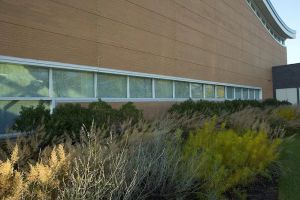
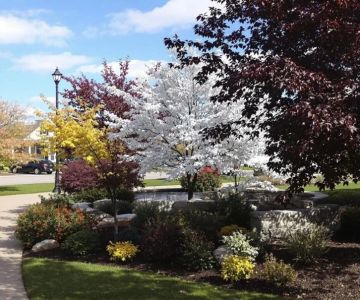
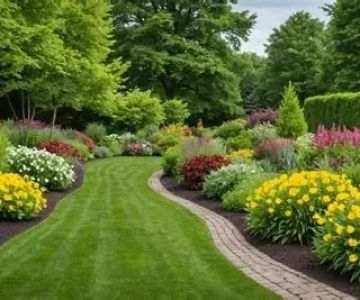
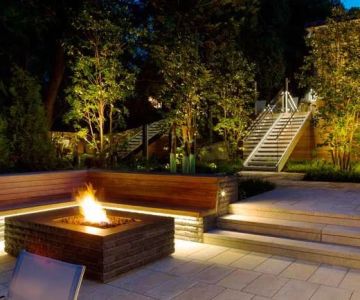
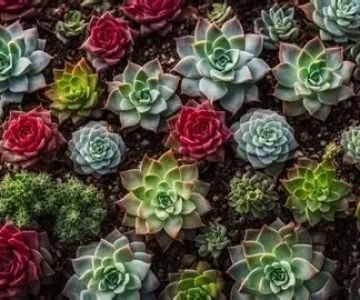
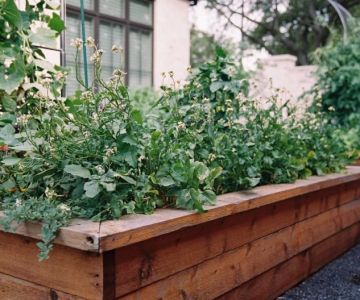
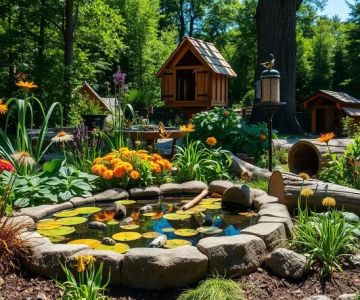
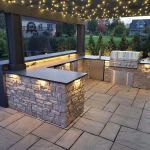 Infinity Lawn & Landscaping4.0 (52 reviews)
Infinity Lawn & Landscaping4.0 (52 reviews) QualityWorks Trademark LLC4.0 (30 reviews)
QualityWorks Trademark LLC4.0 (30 reviews)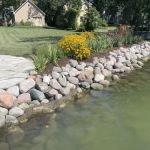 Eubanks Environmental5.0 (10 reviews)
Eubanks Environmental5.0 (10 reviews) BrightView Landscape3.0 (16 reviews)
BrightView Landscape3.0 (16 reviews)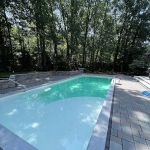 Statements In Stone Pool and Patio4.0 (47 reviews)
Statements In Stone Pool and Patio4.0 (47 reviews) Schmitt's Landscape Tree service North Aurora4.0 (4 reviews)
Schmitt's Landscape Tree service North Aurora4.0 (4 reviews)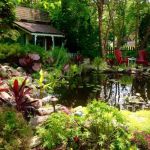 How to Landscape for Seasonal Wildlife Attraction in Your Garden
How to Landscape for Seasonal Wildlife Attraction in Your Garden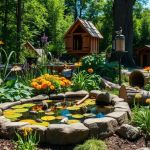 How to Build a Wildlife Habitat Garden That Supports Biodiversity
How to Build a Wildlife Habitat Garden That Supports Biodiversity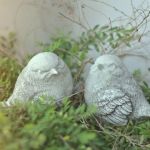 How to Use Garden Art to Add Personality to Your Outdoor Space
How to Use Garden Art to Add Personality to Your Outdoor Space How to Plan Outdoor Fire & Water Features Harmoniously for Your Garden
How to Plan Outdoor Fire & Water Features Harmoniously for Your Garden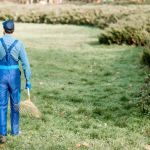 How to Revive a Neglected Lawn Step by Step
How to Revive a Neglected Lawn Step by Step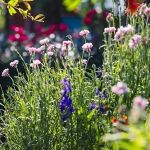 How to Choose Native Shrubs That Thrive Without Fertilizer
How to Choose Native Shrubs That Thrive Without Fertilizer